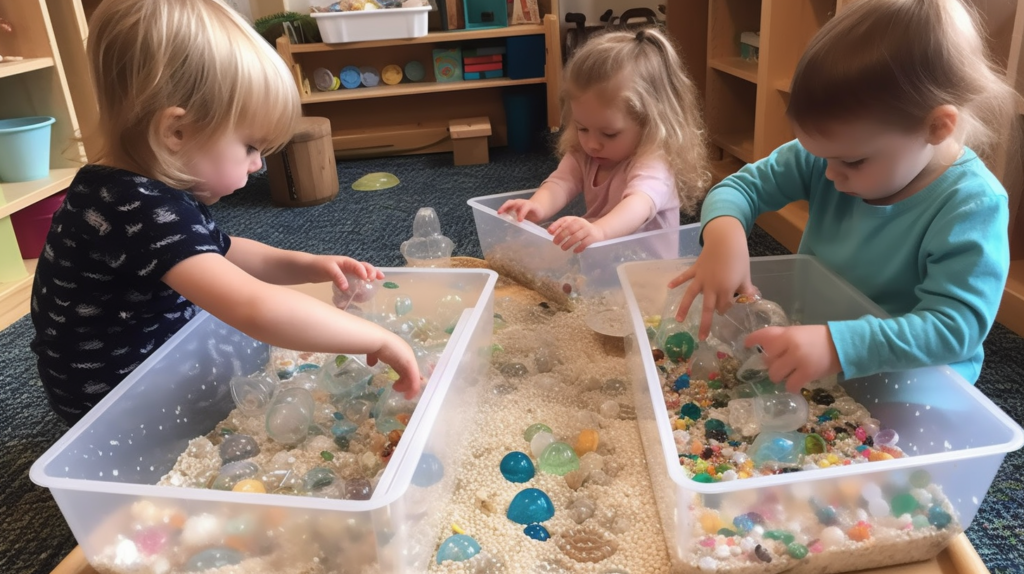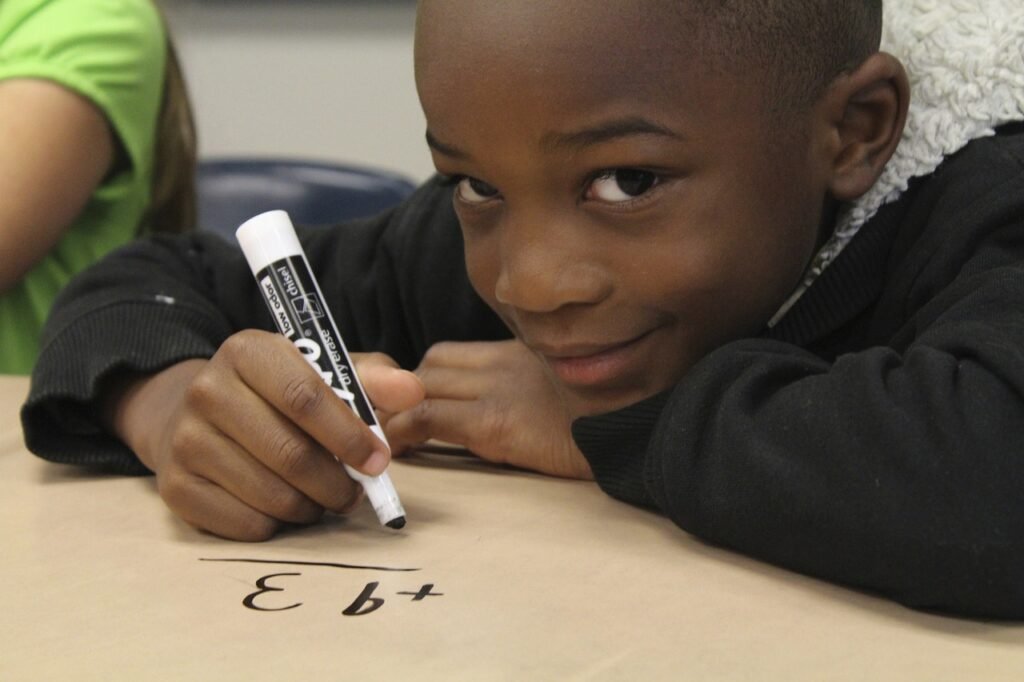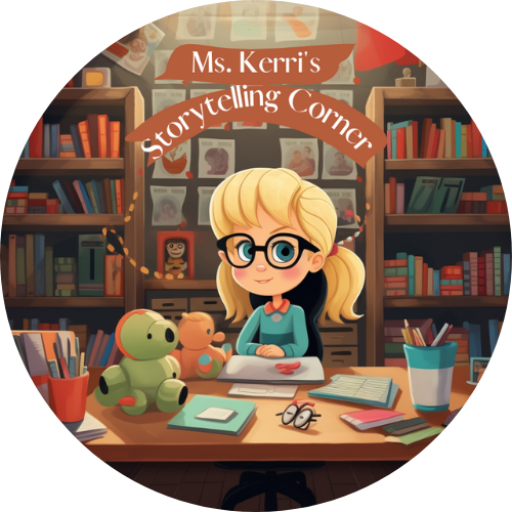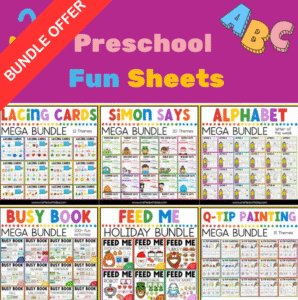Math is an essential part of early childhood education, and introducing preschoolers to STEM activities can make learning math exciting and engaging. In this article, we will explore various math adventures that involve shapes, patterns, everyday activities, sensory play, and outdoor exploration. These activities are designed to spark curiosity and build a strong foundation for mathematical concepts in young children.
Key Takeaways
- STEM activities can make learning math exciting for preschoolers.
- Exploring shapes and patterns can help develop spatial awareness and critical thinking.
- Everyday activities provide opportunities for hands-on math learning.
- Sensory play enhances mathematical understanding through tactile experiences.
- Outdoor math adventures encourage exploration and discovery in natural environments.
Exploring Shapes and Patterns

Creating Shape Collages
Creating shape collages is a fun and interactive way to introduce preschoolers to the concept of shapes. By cutting out various shapes from colored paper, children can explore and learn about different geometric figures in a hands-on manner. This activity not only enhances their understanding of shapes but also boosts their creativity and fine motor skills.
Encourage children to think outside the box by mixing and matching shapes to create unique collages.
Materials needed for this activity include colored paper, scissors, glue, and a large sheet of paper or cardboard as the base. Here’s a simple guide to get started:
- Gather all the materials.
- Cut out different shapes from the colored paper. Include a variety of sizes and colors.
- Let the children select and glue their shapes onto the large sheet to form a collage.
- Discuss the different shapes used and ask the children to name them.
This activity is not only educational but also a great way for children to express their creativity. It’s a perfect example of learning through play, making it an essential part of any preschool curriculum.
Identifying Patterns in Nature
Nature offers a vast playground for recognizing and learning about patterns, a fundamental concept in mathematics. Children can explore the outdoors to find patterns in the arrangement of leaves, the sequence of colors in flowers, or the symmetry in butterfly wings. This hands-on approach not only enhances their observational skills but also their understanding of mathematical concepts.
Encourage children to collect different natural items like leaves, stones, and twigs to create their own pattern sequences. This activity fosters creativity and reinforces pattern recognition.
Here are a few examples of patterns children might discover in nature:
- The alternating colors of a caterpillar
- The concentric circles in tree trunks
- The repeating patterns on a snake’s skin
- The symmetrical patterns of a snowflake
Identifying patterns in nature is an excellent way to develop a child’s visual perception, which is crucial for recognizing and understanding mathematical patterns.

Building with Geometric Blocks
Building with geometric blocks introduces preschoolers to the fascinating world of geometry in a hands-on and engaging way. This activity not only enhances spatial reasoning but also fosters creativity and problem-solving skills. By manipulating blocks of various shapes and sizes, children learn to recognize and name geometric figures, understanding their properties in a tangible manner.
By constructing their own structures, kids grasp the concept of symmetry, balance, and proportion in a fun and intuitive way.
Here are some ideas to extend the learning experience:
- Challenge children to replicate famous buildings or structures using their blocks.
- Encourage the creation of original designs, promoting imagination and innovation.
- Introduce simple mathematical concepts, such as counting the number of sides on different shapes or comparing the sizes of blocks.
Incorporating geometric blocks into playtime is an excellent way to make math both enjoyable and educational for young learners.
Math in Everyday Activities

Counting and Sorting Toys
Introducing preschoolers to the concepts of counting and sorting can be both fun and educational when using their toys. This activity not only helps in recognizing numbers but also in understanding the idea of categories and sets. Boldly engage your child in sorting their toys by color, size, or type, and then move on to counting them. This hands-on approach makes math tangible and interesting.
By incorporating math into everyday play, children learn to see it not as a separate subject but as a part of their world.
Here’s a simple way to start:
- Gather a variety of toys.
- Sort them into different categories (e.g., cars, dolls, blocks).
- Count how many toys are in each category.
- Discuss the results together.
This activity not only reinforces basic math skills but also encourages critical thinking and problem-solving. It’s a playful way to introduce young learners to the joy of math.
Measuring Ingredients for Cooking
Cooking is not just an art; it’s a practical way to introduce preschoolers to math. By measuring ingredients for a recipe, children learn about volume, weight, and proportions. This hands-on activity makes abstract math concepts tangible and understandable.
Cooking together offers a perfect opportunity to explore math without making it feel like a lesson.
Here’s a simple activity to get started:
- Choose a simple recipe together.
- Gather all the necessary ingredients and measuring tools.
- Measure each ingredient according to the recipe.
- Mix the ingredients and talk about the changes that happen.
This activity not only teaches math but also encourages teamwork, patience, and following instructions. It’s a delightful way to blend learning with everyday life.
Using Math in Playtime
Integrating math into playtime activities not only makes learning fun but also helps preschoolers understand the practical application of math in everyday life. Board games that involve counting spaces or adding and subtracting points can turn a competitive game into a lively math lesson. Similarly, puzzles that require sorting and matching shapes foster spatial awareness and problem-solving skills.
By incorporating math into playtime, children can explore mathematical concepts in a relaxed and engaging environment.
For a more structured approach, consider the following playtime activities that incorporate math:
- Treasure hunts where children count or measure distances to find hidden objects.
- Building projects using blocks or LEGO, where they can practice counting and recognize patterns.
- Simple card games that encourage counting and recognizing numbers.
These activities not only keep children entertained but also subtly reinforce their math skills, making learning an enjoyable adventure.
Learning through Sensory Play

Exploring Math with Sand and Water
Introducing preschoolers to math through sand and water play is not only engaging but also highly educational. Activities like measuring the volume of sand in different containers or comparing the weight of wet and dry sand can make abstract concepts more tangible. Children naturally explore and learn about basic math principles such as volume, weight, and density in a fun and interactive way.
By incorporating simple tools like cups, spoons, and buckets, children can experiment with various measurements and observe the outcomes of their actions. This hands-on approach encourages curiosity and a deeper understanding of math concepts.
- Fill a bucket with sand and measure its weight.
- Compare the weight of dry versus wet sand.
- Use containers of different shapes to explore volume and capacity.
These activities not only support cognitive development but also enhance fine motor skills as children scoop, pour, and explore. Engaging in sand and water play offers a unique opportunity for young learners to grasp fundamental math concepts in an enjoyable and meaningful way.
Sensory Math Games
Sensory Math Games offer a unique opportunity for preschoolers to engage with mathematical concepts through touch, sight, and movement. By incorporating materials like rice, beans, and foam shapes, children can explore numbers, shapes, and patterns in a tactile and visually stimulating environment.
Engaging in sensory play helps children develop critical thinking and problem-solving skills as they manipulate different materials and observe the outcomes of their actions. For example, sorting colored pom-poms with tweezers not only enhances fine motor skills but also introduces the concept of categorization and counting.
Sensory bins can be easily customized to match any math concept being taught, making them a versatile tool in early childhood education.
Here’s a simple activity to get started:
- Fill a large container with rice or beans.
- Hide various math manipulatives like number blocks, shape cutouts, and measuring cups inside.
- Encourage children to find and sort the items, discussing the mathematical concepts as they play.

Sensory Math Games are not just educational; they’re a fun way to bring math to life for young learners, making abstract concepts more concrete and understandable.
Math with Playdough
Playdough isn’t just for creative play; it’s a fantastic tool for engaging preschoolers in math concepts. By shaping, cutting, and molding playdough, children can learn about numbers, shapes, and sizes in a hands-on way.
Making shapes and numbers with playdough is not only fun but also educational. Children can roll the dough to form numbers, or use cookie cutters to create various shapes. This tactile experience helps solidify their understanding of geometric concepts and numerical values.
Encourage children to compare the sizes of their creations, discussing which are bigger or smaller, and why. This promotes critical thinking and the use of mathematical language.
Here are a few activities to get started:
- Create a playdough number line.
- Use playdough to form simple addition and subtraction problems.
- Make 2D and 3D shapes to explore geometry.
These activities not only make learning math enjoyable but also encourage creativity and problem-solving skills among preschoolers.
Math Adventures Outdoors

Nature Scavenger Hunt
A nature scavenger hunt is an exhilarating way to combine outdoor exploration with mathematical learning. By seeking specific items in nature, preschoolers can practice counting, categorizing, and even simple arithmetic in a fun and engaging environment.
Create a list of items for children to find that varies in shape, size, and quantity. This encourages observational skills and introduces basic math concepts in a natural setting. For example:
- 3 smooth pebbles
- 4 leaves of different shapes
- 1 feather
- 2 sticks longer than their foot
Encourage children to group their findings by category, such as type or color, and count how many they have in each group. This simple activity reinforces the idea of sorting and classifying, which are fundamental math skills.
Incorporate questions that require estimation and comparison, like “Which stick is longer?” or “How many acorns do you think we will find?” This not only makes the hunt more dynamic but also stimulates critical thinking and problem-solving skills.
Counting and Measuring in the Garden
Engaging preschoolers in the garden offers a natural and enjoyable way to integrate math into their daily lives. By counting petals, leaves, or even the number of steps between plants, children can develop a practical understanding of numbers and their significance. Measuring the growth of plants over time not only teaches them about the concept of measurement but also instills a sense of responsibility and care for living things.
Engaging with nature in this way encourages curiosity and a love for learning that extends beyond the classroom.
Gardening activities can be structured to include various mathematical concepts. Here’s a simple activity to get started:
- Choose a plant to observe.
- Measure its height using a ruler or measuring tape.
- Record the measurements weekly in a journal.
- Compare the growth over time.
This hands-on approach makes learning tangible and directly connects children with the natural world around them.
Outdoor Math Trails
Outdoor Math Trails offer a dynamic way to blend the excitement of the outdoors with the thrill of mathematical exploration. By engaging in a Math Trail, preschoolers can discover math in the natural world around them, making abstract concepts tangible and fun.
Math trails are designed to be interactive and exploratory. They encourage children to observe, question, and solve problems using their surroundings. This hands-on approach fosters a deeper understanding of math concepts and enhances critical thinking skills.
Preschoolers can start with simple tasks such as counting steps, identifying shapes in the environment, or measuring the length of objects found during the hike. As they progress, more complex activities can be introduced, including calculating distances, comparing weights, and finding patterns.
Math trails provide an excellent opportunity for children to apply math in real-world settings, making learning both meaningful and enjoyable.
Here are a few examples of activities that can be included in a Math Trail:
- Counting different types of leaves
- Measuring the height of a tree using shadows
- Comparing the sizes of rocks
- Finding symmetry in nature
Conclusion
In conclusion, engaging preschoolers in STEM activities can ignite a passion for learning and exploration at an early age. By incorporating hands-on math adventures, children can develop critical thinking skills, creativity, and a love for problem-solving. These activities not only make learning exciting but also lay a strong foundation for future academic success. So, let’s embark on this math adventure with our little learners and watch them thrive in the world of STEM!
Frequently Asked Questions
What age group is suitable for these STEM activities?
These STEM activities are designed for preschoolers, typically ages 3 to 5, but can be adapted for younger or older children.
Do I need special materials for these activities?
Most of the activities can be done with common household items, but some may require basic art supplies, building blocks, or sensory materials like sand and playdough.
How can I incorporate math into everyday activities with my preschooler?
You can incorporate math into everyday activities by counting, sorting, measuring, and using simple math concepts during playtime, cooking, and toy interactions.
What are the benefits of sensory play in early math learning?
Sensory play engages multiple senses and helps children develop a deeper understanding of math concepts through hands-on exploration and experimentation.
Can these activities be adapted for children with special needs?
Yes, many of these activities can be adapted to accommodate children with special needs, and they can provide valuable sensory experiences and learning opportunities for all children.
How can I make math learning fun and engaging for my preschooler?
You can make math learning fun and engaging by incorporating hands-on activities, games, and outdoor exploration, and by emphasizing the joy of learning and discovery through play.


Ms. Kerri’s Corner provides a exciting virtual space for preschool learning. Through a variety of engaging activities, she exposes young minds to early math, literacy, science and social-emotional skills in a developmentally appropriate way. Centers for blocks, art, books and music allow children to explore hands-on learning at their own pace. Guided lessons subtly introduce number sense, letter sounds and narrative thinking. Careful observation gives insight into each child’s progress across domains. Viewers are also invited to participate, reinforcing that their ideas are valued. By making learning fun yet purposeful, Ms. Kerri lays the groundwork for future academic success while fostering creativity and imagination. Her program offers preschoolers valuable screen-based learning experiences.




